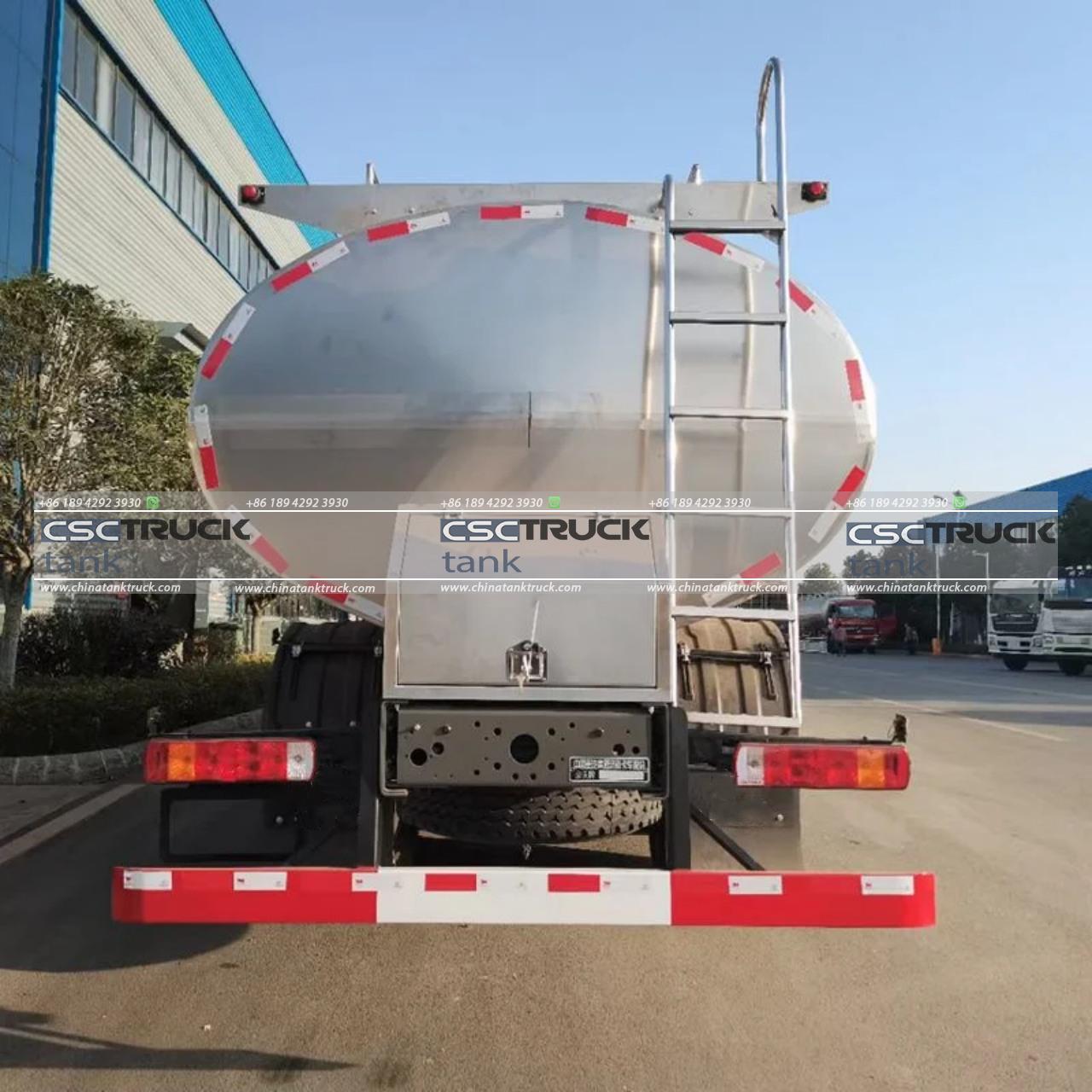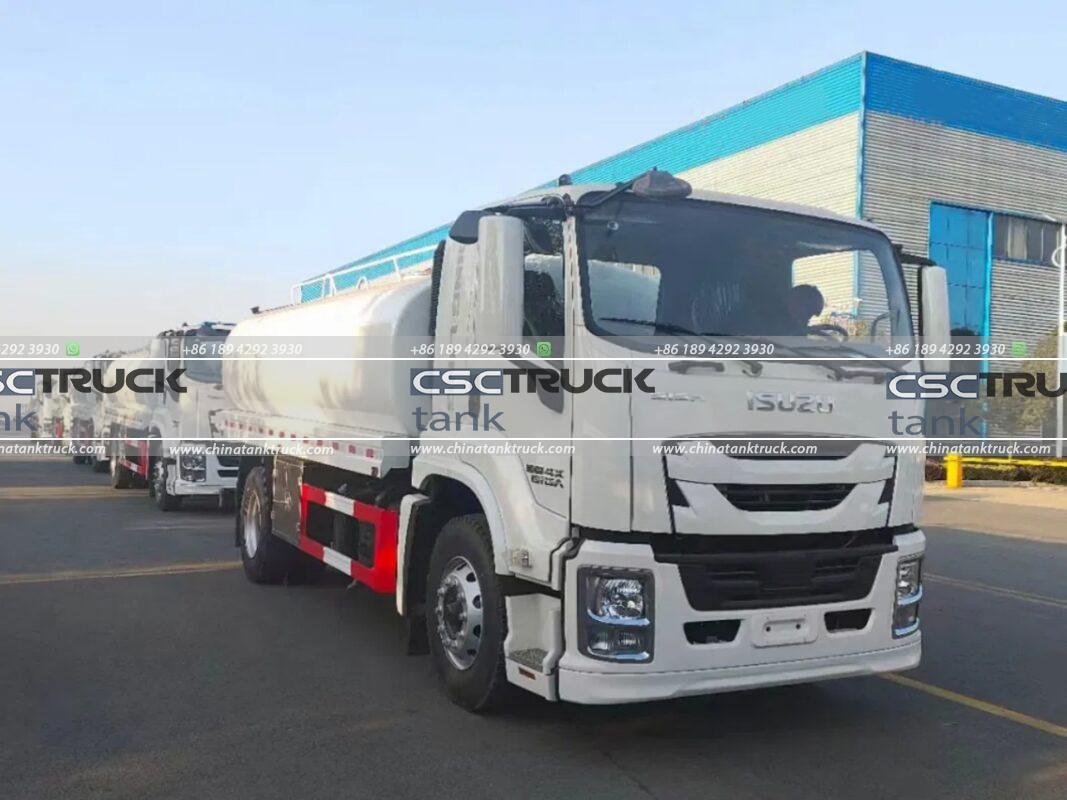How Long Does It Take to Unload a Milk Tanker?
The transportation of milk from dairy farms to processing plants is a vital component of the dairy industry. This process involves specialized vehicles known as milk tankers, which are designed to maintain the quality of milk during transit. Unloading these tankers is a critical step that requires precision and efficiency to ensure that the milk is handled safely and promptly. Understanding the time it takes to unload a milk tanker is important for optimizing the supply chain, minimizing costs, and maintaining milk quality.
The Milk Tanker: An Overview
Before diving into the specifics of unloading times, it’s important to understand what a milk tanker is and how it operates. A milk tanker is a large, insulated vehicle designed to transport bulk milk from farms to dairy processing plants. These tankers are equipped with temperature control systems to keep the milk cool and prevent spoilage during transit. The size of the tanker can vary, with capacities ranging from 5,000 to 8,000 gallons, depending on the region and the needs of the dairy processor.
The milk inside the tanker is typically loaded directly from the farm’s bulk milk storage tanks. These tanks are designed to hold large quantities of milk at a constant temperature, usually between 34°F and 39°F (1°C to 4°C). Once the tanker is filled, it is sealed to prevent contamination and maintain the milk’s freshness.
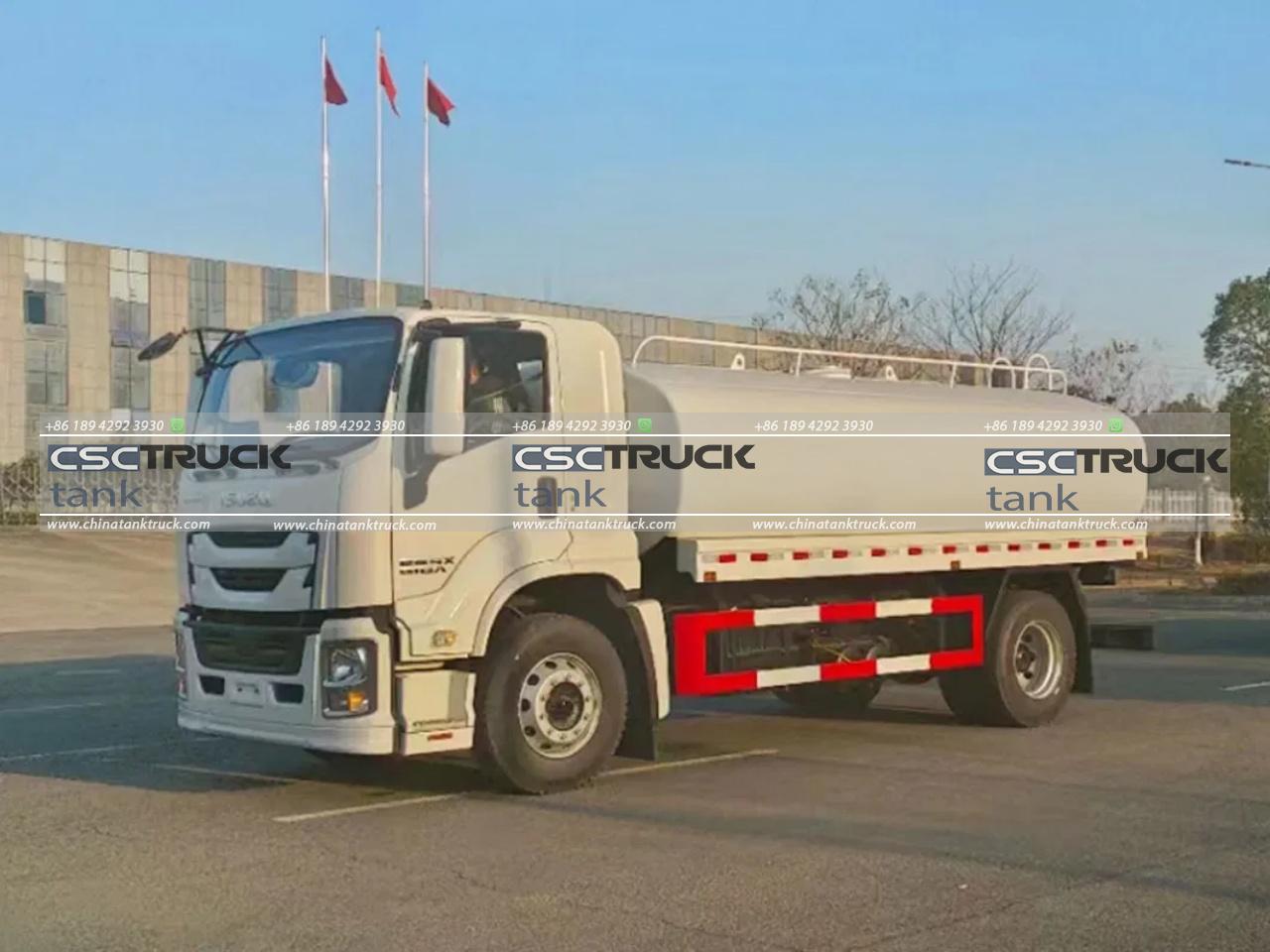
Factors Affecting Unloading Time
The time it takes to unload a milk tanker can vary depending on several factors, including:
1. Tanker Size and Capacity: The size of the tanker is a primary determinant of unloading time. Larger tankers, which can hold up to 8,000 gallons of milk, will naturally take longer to unload compared to smaller tankers.
2. Pump Speed: The pump used to transfer milk from the tanker to the storage tanks at the processing plant plays a crucial role in determining unloading time. The flow rate of the pump, typically measured in gallons per minute (GPM), directly impacts how quickly the milk can be offloaded. High-capacity pumps can significantly reduce unloading time.
3. Hose Diameter: The diameter of the hose used to connect the tanker to the storage tanks also affects the flow rate. Larger hoses allow for faster milk transfer, while smaller hoses may slow down the process.
4. Milk Temperature: The temperature of the milk can influence its viscosity, with colder milk being slightly more viscous. Higher viscosity can slow down the flow rate, thereby increasing unloading time.
5. Gravity vs. Pumped Unloading: Some facilities use gravity to aid in the unloading process, especially if the storage tanks are positioned lower than the tanker. Gravity unloading can be faster, but it may not be feasible in all situations, depending on the layout of the facility.
6. Facility Design: The design of the processing plant, including the proximity of storage tanks to the unloading area, the number of available pumps, and the efficiency of the unloading dock, can all impact the time required to unload a milk tanker.
The Unloading Process
The unloading process typically begins with the driver positioning the tanker at the unloading dock. The first step is to connect the tanker’s outlet valve to the processing plant’s intake hose. This connection must be secure to prevent any leakage or contamination.
Once connected, the pump is activated to begin transferring the milk from the tanker to the storage tanks. Depending on the size of the facility, multiple storage tanks may be used to accommodate the volume of milk being unloaded. The flow of milk is carefully monitored throughout the process to ensure that it remains at the appropriate temperature and that the transfer is smoothly completed.
During unloading, the tanker may need to be vented to prevent a vacuum from forming as the milk is pumped out. This venting process ensures a consistent flow rate and prevents damage to the tanker’s structure.
After the milk has been fully transferred, the hose is disconnected, and the tanker is cleaned. Cleaning is an essential part of the process to prevent any residue or contamination from affecting future loads. The entire unloading process is typically recorded and documented to ensure compliance with health and safety regulations.
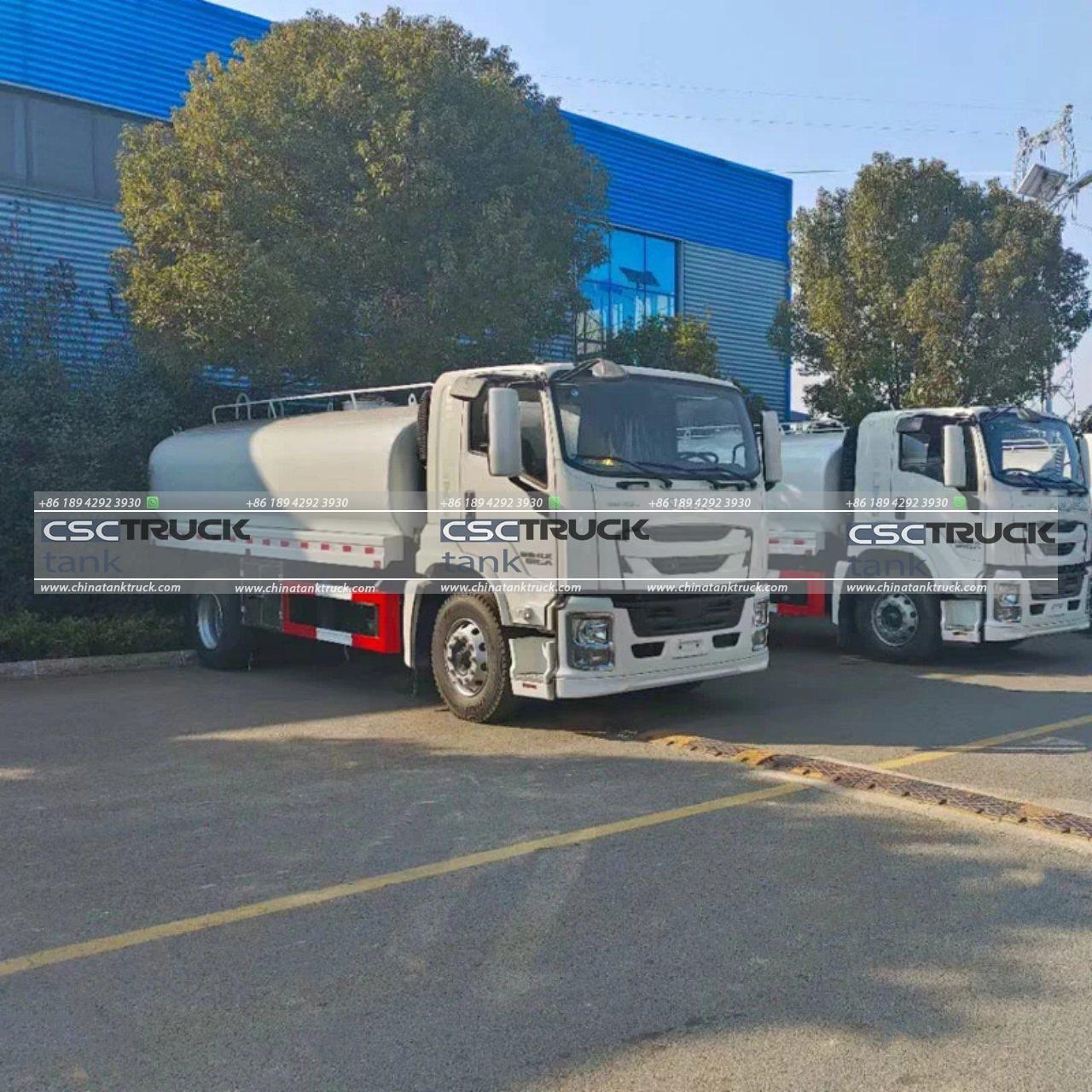
Average Unloading Times
The time required to unload a milk tanker can vary widely, but under optimal conditions, it typically takes between 30 to 60 minutes to unload a full tanker. For smaller tankers or those equipped with high-capacity pumps, the process may be completed in as little as 20 minutes. However, in cases where the facility is not optimized for quick unloading, or where the pump capacity is limited, unloading may take longer, sometimes up to 90 minutes.
The efficiency of the unloading process is critical for maintaining the quality of the milk. Prolonged unloading times can result in milk warming above the desired temperature range, which can lead to spoilage or the growth of harmful bacteria. As a result, dairy processors place a high priority on minimizing unloading times.
The Importance of Efficient Unloading
Efficient unloading of milk tankers is crucial for several reasons:
1. Milk Quality: The faster the milk is unloaded and transferred to cold storage, the less likely it is to experience temperature fluctuations that could compromise its quality. Freshness is paramount in the dairy industry, and minimizing unloading time helps ensure that the milk remains at the optimal temperature.
2. Cost Savings: Reducing unloading time can lead to significant cost savings. Faster turnaround times mean that tankers can return to the road more quickly, reducing labor costs and increasing the number of trips a tanker can make in a given period.
3. Supply Chain Efficiency: In a highly competitive industry, supply chain efficiency is key to maintaining profitability. Efficient unloading processes help ensure that milk is processed and delivered to market quickly, reducing the time it takes for milk to reach consumers.
4. Environmental Impact: By reducing unloading times, dairy processors can minimize the amount of time that tankers spend idling at the dock. This reduces fuel consumption and lowers the carbon footprint of milk transportation.
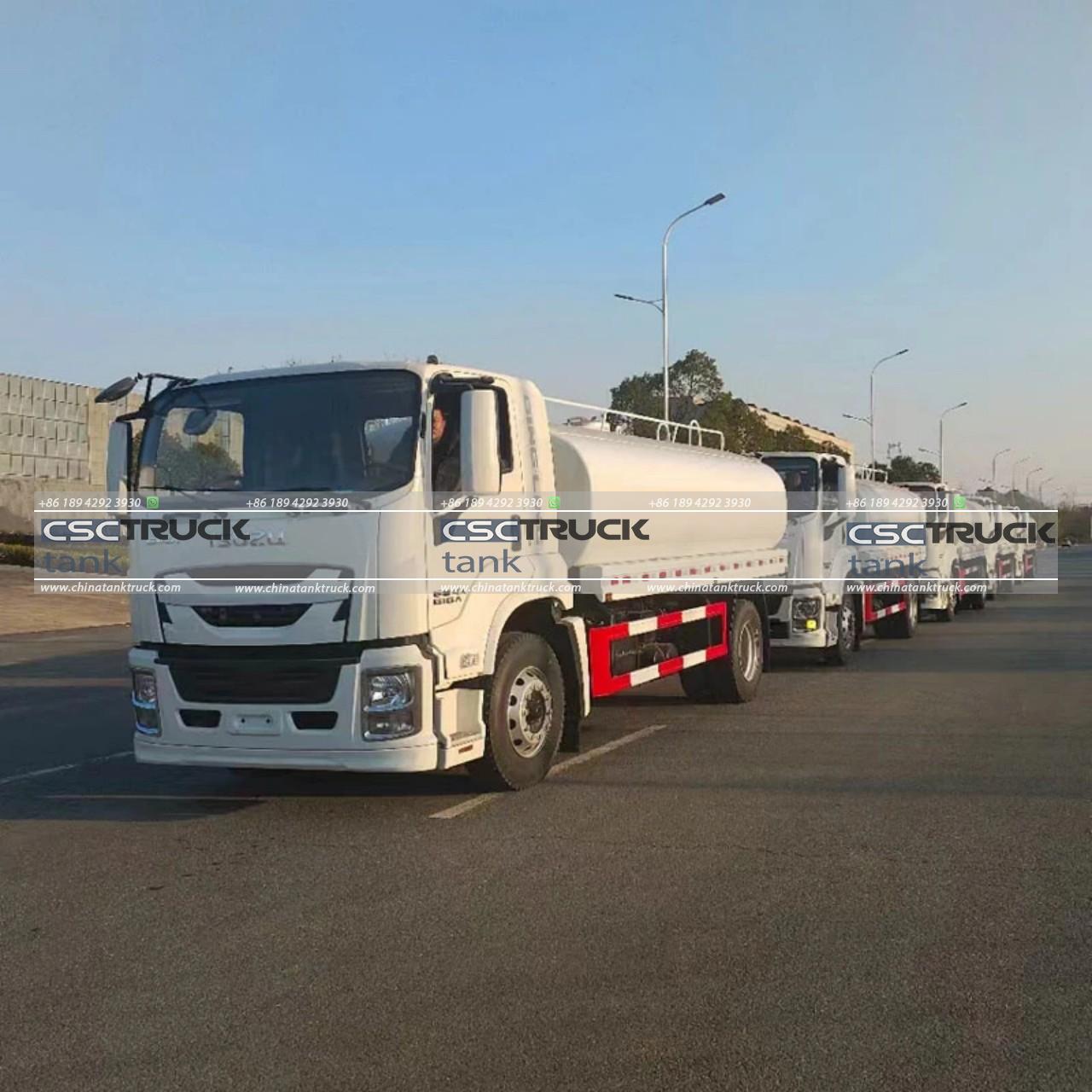
Technological Advancements
Advancements in technology have played a significant role in improving the efficiency of milk tanker unloading. Modern milk tankers are equipped with sophisticated monitoring systems that track the temperature and volume of milk in real-time. These systems can communicate directly with the processing plant’s intake systems, allowing for seamless coordination during unloading.
Additionally, improvements in pump technology have led to faster and more efficient milk transfer. High-capacity pumps with variable speed controls allow for precise adjustments based on the specific requirements of each unloading operation.
Conclusion
The time it takes to unload a milk tanker is influenced by a variety of factors, including tanker size, pump capacity, hose diameter, and facility design. Under optimal conditions, unloading can be completed in 30 to 60 minutes, but this can vary depending on the specific circumstances.
Efficient unloading is essential for maintaining milk quality, reducing costs, and optimizing the supply chain. As technology continues to advance, the dairy industry is likely to see further improvements in unloading processes, leading to even greater efficiency and sustainability in milk transportation.
